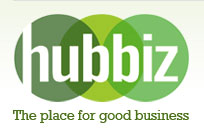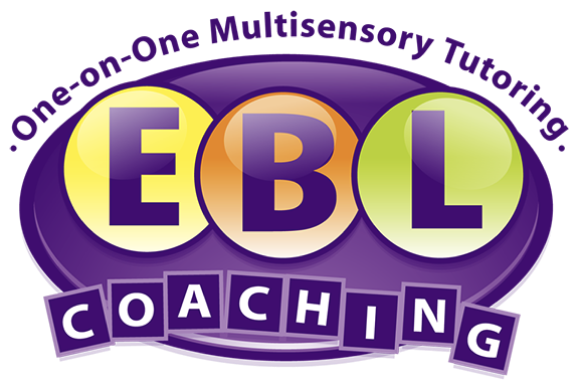
Early Reading Tips

Building the foundation of reading when children are young arms them with the skill set to become avid, enthusiastic readers as they grow older. Try these tips for helping your child develop early reading skills:
Teach sound/symbol relationships
At a young age (prior to starting Kindergarten), teach your child that each letter has a corresponding sound. To help him make this connection, try connecting each sound to a key picture. For example, p makes the sound /p/ like pizza and s makes the sound /s/ like sun. You can integrate a fun arts and crafts project for extra reinforcement by having your child create a large flash card with the name of the letter on the front of the card (you should write the letter for pre-writers) and the key picture on the back. Your child can draw a picture of a colorful pizza on the back of the p card and a picture of a glistening sun on the back of the s card. Hang up the cards around your house or lay them out on the table during meal times to practice connecting each letter to its corresponding sound and key picture.
Play phonemic awareness games
Phonemic awareness is the ability to hear, recognize, and manipulate sounds in words. Before they can learn to read, children must understand that words are made of individual sounds and that these sounds can be manipulated to form new words. One phonemic awareness exercise you can try with your child is a segmenting/blending game. For example, tell your child, “I will say two sounds and I want you to tell me what word is formed when you blend the sounds together.” You might say the sounds /a/ and /t/ and your child should tell you that the word “at” is formed. After forming several two letter words, increase the challenge to three letter words. For example, you might give your child the sounds /c/-/a/-/t/, /p/-/i/-/g/, or /f/-/u/-/n/ and ask him what word is formed with each of these sound combinations. You can also play a rhyming game where you select a word (like “fan”) and go around the room, asking everyone to come up with words that rhyme with it. Read aloud!
Starting when your child is a baby, read to her on a daily basis. For toddlers, you can read sensory-based books, like Pat the Bunny, where she can see, smell, and feel objects in the story while you read. For children who are a bit older, engage them in the text by asking questions as you read, like “Why do you think that happened?, “What might happen next?” or “How do you think that made the character feel?” Teaching children at a young age to be active readers is a valuable skill that will help them as they progress through school.
Practice writing
Start by having him practice writing letter strokes and eventually move into actual letters. Try using an easel or white board and help your child write top-to-bottom straight and diagonal lines, then crossed lines and circles. Model each one first, practice the strokes together, and then encourage him to write them on his own.When he is ready, teach him specific lingo for forming each letter. For example, when he writes the letter p, he should say “down, up, and around” as he forms the letter. When he writes the letter s, he should say “around and around.” Try having him write these letters in the sky with his finger, in a cookie tray filled with colored sand or salt, or even with shaving cream (if you don’t mind the mess).
Keep it fun
When reading to your child or teaching him to read to you, keep it fun! Try sitting inside a pillow-and-sheet constructed “tent” when reading scary stories, eat a new food when reading about its taste and texture, or have your child illustrate a story that you make up.Be sure to give your child positive reinforcement and encouragement for even the smallest reading milestone. Enjoy the quality time you share with her when reading and make sure she enjoys the process. Arming her with a strong reading foundation will help bring her success for years to come.
